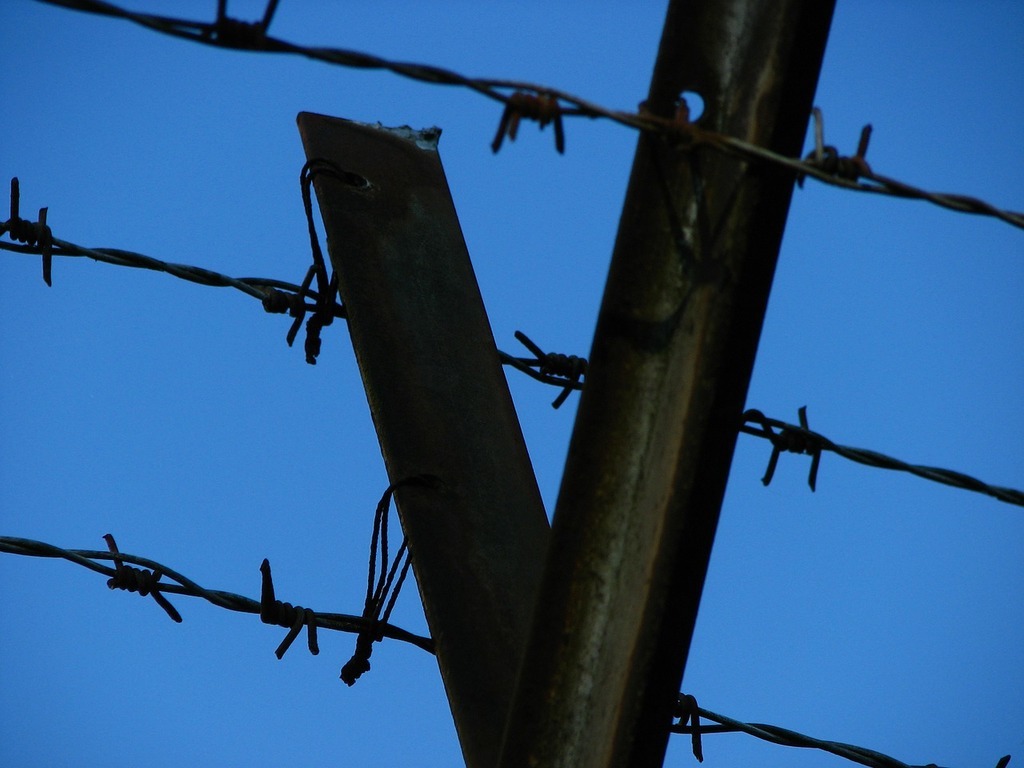
Tobacco harm reduction in the United States, like most other harm reduction, tends to ignore the prison-industrial complex and the people held captive there. But prison is ripe for policy change. Likely, there is no larger group of affected people in the same place suffering in the same way.
Almost all prison smoking bans rely on the social stigma of smoking in order to reach a little further and ban vaping, too. Here in Washington State, vaping is not covered by state law that bans smoking in public indoor spaces and workplaces. State law actually authorizes local authorities to create their own rules on indoor vaping, except in the case of schools. A good legal argument could win the right for prisoners to vape or use smokeless tobacco products.
But why? So many people say that once prisoners have been made to quit cigarettes, we shouldn’t let them start up on nicotine again.
First of all, the data show that people who come to prison don’t tend to quit the substances they use—often not while they’re inside, and certainly not permanently. I know this from experience in my community, though I don’t use nicotine or other drugs myself. The fact that people released from prison are at vastly higher risk of overdose than the general population is the starkest illustration.
It makes sense to offer prisoners the chance to develop a safer practice of nicotine use. Like many habits acquired in prison, it’s one they might very well take back to the streets.
Prisoners—at least those who can’t afford the inflated prices of illicit prison markets—just take a forced, temporary break from the substances they use. That includes smoking.
From a purely harm reduction standpoint it makes sense to offer these prisoners the chance to develop a new, safer practice of nicotine use. Like many habits acquired in prison, it’s one they might very well take back to the streets with them. If so, they’d be likely to live longer, healthier lives.
Prisoners, I believe, would respond positively to vapes’ introduction after some initial adjustment. My harm reduction work has taught me that it’s just a question of having the right conversations, and finding the right cultural bypasses.
A particular strain of toxic masculinity exists in US men’s prisons. If it’s not “manly,” it’s “queer” or “bitch-made.” Most of the men I know here think vaping is a “sissy” thing, which “real men” don’t do.
Of course, many of them have done it when, say, cannabis was involved, or when that was the only way they could get the nicotine hit. The availability of that hit would trump the cultural resistance, and the product would become “masculinized” as it became widespread. They’d easily make that choice.
Commercial entities already exist to serve the market. The best known example is Crossbar. In 2012, the company’s founder Jamie Mosley, the elected jailer of Laurel County, Kentucky, noted that his detainees became aggressive and volatile when forced to stop smoking during their stay. He then purchased 1,000 vapes for sale at commissary.
The number of fights at the facility reportedly fell as soon as vapes were introduced. I would expect the same in any prison or jail—due to both sparing people nicotine withdrawal, and undercutting the violent illicit tobacco market. But cell searches in Kentucky soon indicated that some people were using the hard plastic casings to make shanks, so the vapes were pulled from commissary.
Mosley then designed a vape specifically for carceral settings—using soft plastic casing, transparent and with serial numbers to dissuade tampering and facilitate tracking. By 2020, Crossbar vapes were reportedly available at 33 prisons and jails—still only a tiny fraction of over 6,000 such facilities in the US.
Sure, there may be non-optimal things about this story, like the insider profit motive and a feature that limits inhalation time. But it is safer nicotine access in places where there was none.
We ought to be able to organize a purposeful effort. The need is clear. Experienes have shown it can be done. And most prison vape policies are a legal overreach.
The real lesson to me is how former prisoners have repeatedly contacted Crossbar, seeking to obtain vapes after they’ve been released (that’s according to Mosley, but I don’t doubt it when it fits all we know about switching to vapes and about habits acquired in prisons and jails).
If something like that can happen almost by accident, we ought to be able to organize a purposeful effort to greater effect. The need is clear. The Crossbar experience—and the United Kingdom—have shown it can be done. And most prison vape policies are a legal overreach.
The profit motive could also be helpful in practical terms. Crossbar reportedly sells its vapes to commissary companies for around $3. But prisons and jails sell them at up to $15 or $16. The markup is a hardship for prisoners, but an incentive for authorities and their commercial partners.
One suggestion I’ve made in discussions about this with my fellow prisoners is that vape markups could contribute to programs. Here at Washington Corrections Center, we have very few educational or cultural activities, to the obvious detriment of everyone. Lack of funding is blamed. But a fund created by vape sales could help cover personnel required for valuable programming and events.
In many ways, then, this effort could be a real benefit. Though the greatest benefit is showing people in prison, those being released and their communities that vaping is a much safer way of using nicotine.
This doesn’t just happen. People will need to see the benefit and decide to contribute. It’s time, legal advice, effort. Organizing toward a real goal. But the incentives are there for quite a lot of groups to participate.
Vape shops and manufacturers who have a hard time dealing with authorities could see changes at the state-prison scale yield a more favorable climate. Anti-smoking activists could see a reduction in cigarette purchases by populations that smoke heavily. Harm reductionists in general could find a route into a wider conversation, and really, this is a pretty nailed-on example of what harm reduction is.
Compelling the courts to rule on this matter would be a win for prisoners, for their families, for harm reduction. For everyone—which sort of hurts me a little because it includes the authorities, with whom I don’t exactly agree most of the time.
Photograph via Picryl/Public Domain
This post was originally published on this site be sure to check out more of their content.








